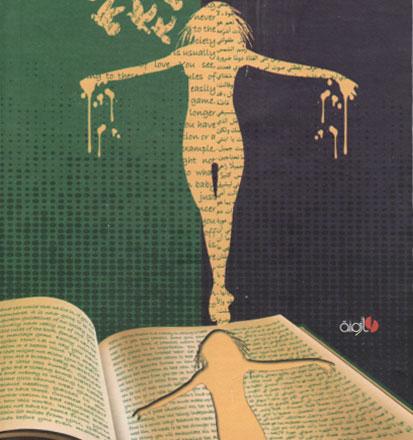You are here
‘There is no unravelling the rope’
By Sally Bland - Feb 01,2015 - Last updated at Feb 01,2015

The Plague of Doves
Louise Erdrich
London: Harper Perennial, 2008
Pp. 311
Spanning four generations, Louise Erdrich tells the story of Pluto, a fictitious town in North Dakota, and the adjacent Indian reservation. Or rather, she lets three of her characters tell their stories, then gives the final word to a fourth character who puts a whole new spin on the entire saga.
This is part of the point: There are many sides to every story; history is complicated. It does not mean that there is no right or wrong, but the dividing line between the two is not always as clear-cut as it may appear, especially if one takes into account the role of motives, chance and coercion.
As the different narratives intersect, new insights and layers of understanding are added to the events and characters, and what a cast of characters Erdrich has invented! There are the pious, the pretenders and the truly spiritual, visionaries and adventurers, criminals, artists, dedicated professionals, philosophers, lovers of the land, unscrupulous landgrabbers, bigots, dreamers, and the slightly or totally crazy. Even more intriguing, many characters fall into more than one category.
There is no rigid demarcation between the inhabitants of Pluto and the reservation as one might expect. Originally, it was white settlers who established Pluto on the land of the Chippewa or Ojibwe, one of the largest Native American groups whose territory spanned what is now the US-Canadian border.
Yet, from the beginning, the lives of newcomers and natives began to intersect in so many ways. There was much intermarriage as well as off-the-record interbreeding, but most of all, the community was tangled together by a shared history that included the brutal murder of a white family, and the random lynching of a group of Chippewa who happened to be in the vicinity.
Judge Antone Bazil Coutts, who narrates part of the story, is one of many who straddles the divide, being part white and part Chippewa, and thus well-placed to balance between tribal, federal and state law. He knows both sides of the cases he hears, and fills the reader in on the secrets and entanglements of the community’s shared history, concluding, “nothing that happens, nothing, is not connected here by blood.” (p. 115)
The tangled history of the community gives rise to many ironies, some of them tragic, as someone may end up killing a person whose grandfather saved one of their ancestors. While many of the adults harbour grudges because of past wrongs, they go about their lives knowing that some things cannot be changed. As Evelina, a young narrator, says after learning about the community’s history from her grandfather’s rambling reminiscences, “now that some of us have mixed in the spring of our existence both guilt and victim, there is no unravelling the rope.” (p. 243)
“The Plague of Doves” contains so many characters and subplots that one is amazed by how the author ties them together across families and time, in her graceful, lyrical and sensuous style. Her imagination seems to know no bounds. Not only people and lineage provide continuity but also objects, such as a violin fought over by two brothers and lost to both. Standing as a powerful symbol of the endurance of Ojibwe culture, it magically re-emerges decades later to give new meaning to the life of a young delinquent.
In the novel’s now time, Pluto is dying. Erdrich’s story is a slice of American history — a chronicle of what was once called the frontier and how it developed, only to wither as the economy changed. The judge muses, “as I look at the town now, dwindling without grace, I think how strange that lives were lost in its formation. It is the same with all desperate enterprises that involve boundaries we place upon the Earth… we seem to think we have mastered something. What? The Earth swallows and absorbs even those who managed to form a country, a reservation. (Yet there is something to the love and knowledge of the land and its relationship to dreams — that’s what the old people had. That’s why as a tribe we exist to the present.)” (p. 115)
The subliminal text of Erdrich’s narrative testifies not only to the survival of Native Americans despite the odds but also to the rich cultural input that the United States lost when their society was, at worst, eradicated and, at best, sidelined in order to found a new “white” country.
Though many events in this story are tragic, the overall effect is quite life affirming, mainly because of the numerous characters who throw themselves into life so bravely, so resourcefully — and they persist. While the past cannot be changed, people can live with it; some learn its lessons and change, many of them for the better.
Related Articles
The Night WatchmanLouise ErdrichNew York: Harper Perennial, 2021Pp.
Inkshedding Gender Politics: Academic Activism in Feminist TheoryRula Quawas, editorAmman: Azminah, 2017Pp.



















